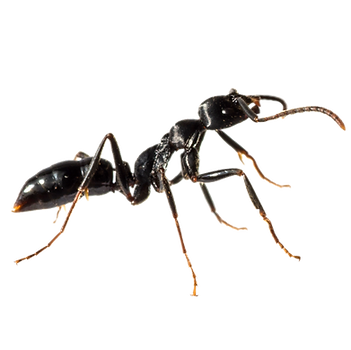.png)
Ants Habitat
Ants live in highly organized colonies that can range from a few dozen individuals to millions, occupying vast territories. These colonies typically consist of sterile female workers, soldiers, and specialized roles, while fertile males (drones) and one or more queens handle reproduction. Ant colonies function as unified systems, often referred to as “super-organisms,” because of their collective teamwork and efficiency.
Ants have successfully adapted to nearly every landmass on Earth, with the exception of Antarctica and a few inhospitable islands. Thriving in diverse ecosystems, ants can constitute 15–25% of terrestrial animal biomass. Their success is attributed to their social organization, ability to modify habitats, and effective resource management. Ant societies demonstrate division of labor, sophisticated communication, and problem-solving abilities, making them a subject of study and inspiration.
While many cultures appreciate ants for their role in biological pest control, their tendency to exploit resources often brings them into conflict with humans. Ants can damage crops, invade buildings, and, in some cases, become invasive species, such as the red imported fire ant, establishing themselves in new environments where they were accidentally introduced.
Certain ant species are notorious pests, and due to their adaptable nature, eliminating an entire colony can be nearly impossible. Instead, pest management focuses on controlling local populations. Common pest species include pavement ants, carpenter ants, Pharaoh ants, odorous house ants, sugar ants, and invasive species like the red imported fire ant.
Effective control methods involve the use of bait-based insecticides, available in granule or liquid forms. Ants carry these baits back to their colonies as food, unknowingly spreading the poison to other members through trophallaxis, effectively reducing the population at its source. While challenging, these targeted treatments offer the most effective solution for managing ant infestations.
